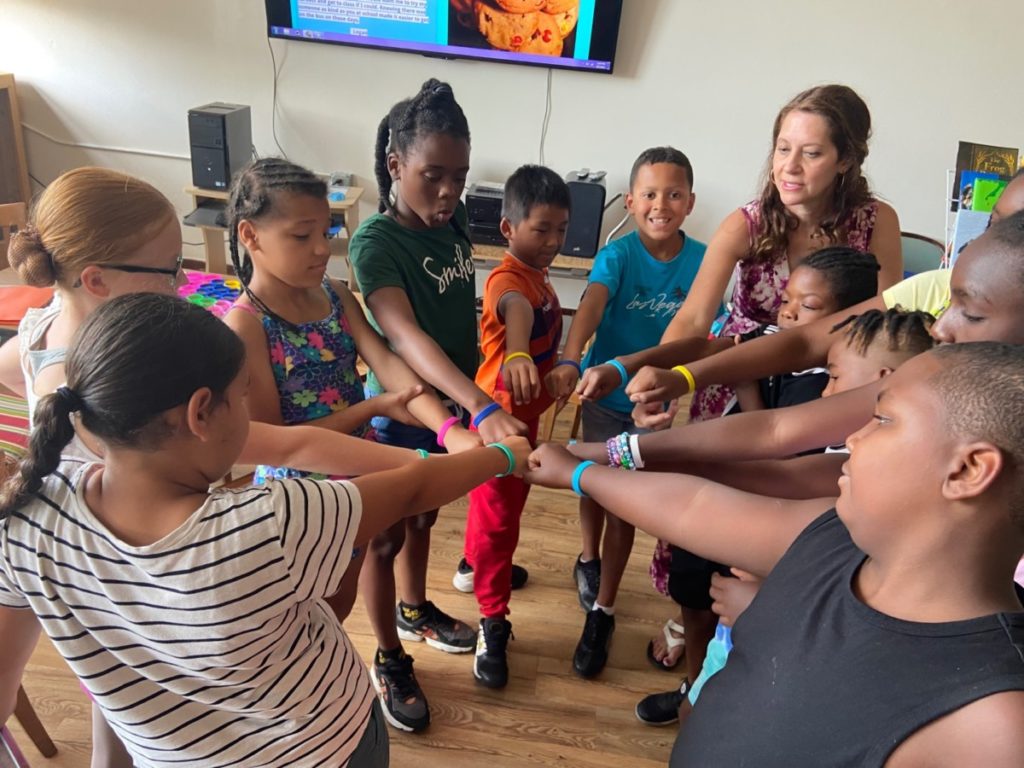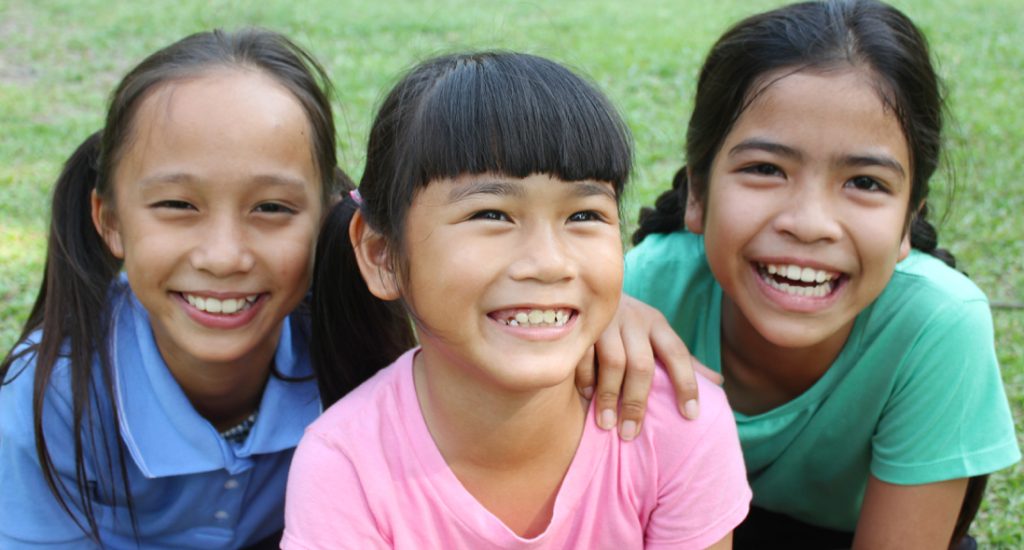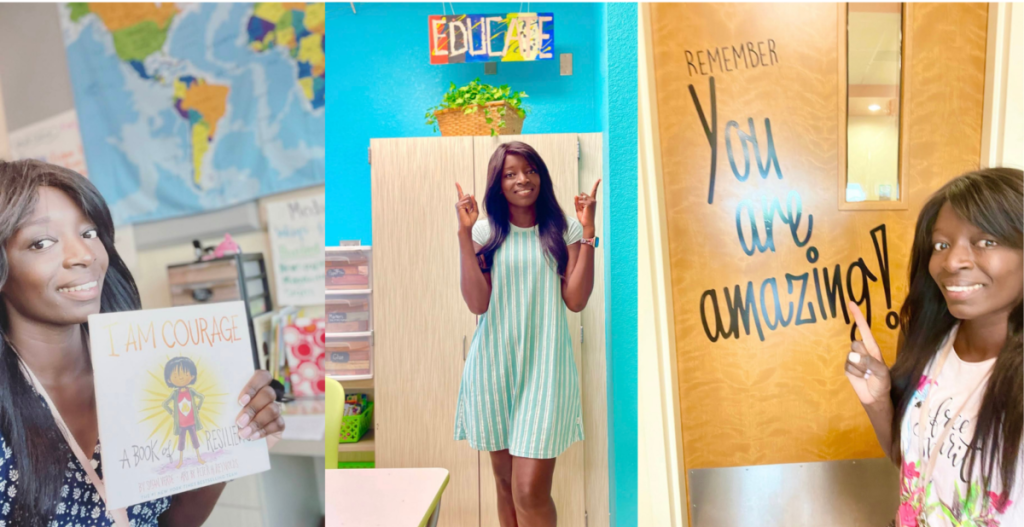Behavior and learning are deeply connected, so it is imperative to consider both when structuring our environments, planning instruction, and working with students. Teachers can certainly attest to learning being impacted either positively or negatively by the emotions of their students. Then again, like the causality dilemma regarding the chicken or the egg, is it really clear which event should be considered the cause and which is the effect? We cannot deny the correlation between learning and emotions. In this day and age, teachers, administrators, and parents understand the need for lessons to be tied to
social-emotional learning as a key component of a comprehensive classroom.
In the past few years, we’ve witnessed incredible resilience during the most challenging of times. We were able to literally endure a global pandemic with overwhelmingly devastating effects for an extended period of time, and suddenly shift gears to jump back into life when things appeared “normal” again.
The problem is that everything is not okay. In fact, quite the contrary, children in America are in the midst of a mental health crisis. Students are struggling with anxiety and depression at unprecedented levels, according to the 2022 KIDS COUNT Data Book by the Annie E. Casey Foundation with 50-state data on child well-being. If we want our children to thrive, it is imperative that we care about their mental health as well as their physical health.
In 2015, two leading researchers in digital research and its implications, Erick Brinjolfson and Andrew McAfee argued that primary and secondary schools must teach relevant and valuable skills, things that computers do not do well. These include creativity, interpersonal skills, critical thinking, and problem-solving. Not only are these attributes considered core strengths, but they are also primary skills for the workplace.

We must respond to the aftermath of the pandemic with urgency. Like the African proverb says: “It takes a village to raise a child”. Lessons can and should go beyond the classroom. As a community, we can provide for, teach, and interact positively with our children so they can learn, and grow in a safe and healthy environment.
If we want our children to thrive, it is imperative that we care about their mental health as well as their physical health.
According to the experts, we must pay attention to student’s mental health as students adjust to the academic and emotional upheaval of the pandemic. Providing students with skills to build a foundation of well-being throughout their lives is essential. Ultimately, we can all agree that we want our children to become confident adults who feel ready to navigate the complex and rapidly changing world. This means being aware and proactive in the area of mental health. Training and professional development in recognizing the concerns and needs of those we interact with on a daily basis are key.
Top Ways to Integrate Social Emotional Learning Into the Academic Subjects

While social-emotional learning (SEL) isn’t a designated subject like math or history, it can easily be woven into the fabric of our curriculum. Throughout the day, each subject can have intentional SEL lessons embedded in them.
For example:
- A history lesson teaches empathy for others while ensuring students meet key learning objectives.
- A math lesson can be set up in cooperative learning groups where students partner with others to solve problems together.
- During science class, curiosity can be sparked by encouraging questions and observations, allowing students to draw their own conclusions and look at others’ perspectives with an open mind.
- Lessons on honoring differing viewpoints and respectful communication can be crafted into just about any English Language Arts lesson.
- Mornings can start with positive quotes, uplifting articles on acts of compassion, and sharing stories of catching others doing good deeds.
- Greetings at the door, daily check-ins, and announcements that focus on character strengths all make a difference in the school climate.
- At-risk students can be matched with adult mentors in the school setting who can provide guidance, motivation, emotional support, and role modeling.
These are just some of the many ways to ignite a culture of well-being throughout the school day.
Though hard skills like academic and technical ability are of great value, “soft” skills known as people skills, indicate your ability to work well with others, maintain healthy relationships, demonstrate integrity, and communicate effectively. Instead of the term “soft” skills, perhaps we need to describe them as “essential” skills. Empathy can’t be measured by a standardized test, yet it’s a personality trait that any parent would want to see in their child.
We might want to look at empathy as an emotional bridge that promotes prosocial behaviors. This capacity requires an exquisite interplay of neural networks and enables us to perceive the emotions of others, resonate with them emotionally and cognitively, to take in the perspective of others, and to distinguish between our own and others’ emotions.

Research has shown that empathy is necessary to build healthy and happy relationships with family and friends and to doing well in school (and at work for adults). It makes sense—after all, if you had a choice between working with someone who is kind, considerate, and respectful or someone who has no regard for your thoughts or feelings, who would you choose?
Empathy can’t be measured by a standardized test, yet it’s a personality trait that any parent would want to see in their child.
It is no wonder that the history of the social-emotional learning (SEL) movement is the story of a simple, but powerful idea: What if education fully supported the social, emotional, and academic development of all children? This is not a new concept, in fact, it is as old as the first relationships between teachers and students. But like all things, sometimes we drift from our purpose.
Sometimes, subtle or even more drastic events or signs occur and make us realize that we need to go back to the “essential” skills before we can get to the hard stuff. As the Dali Lama so succinctly stated, “Love and compassion are necessities, not luxuries. Without them, humanity cannot survive.”



